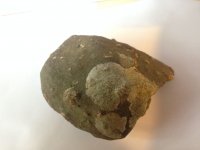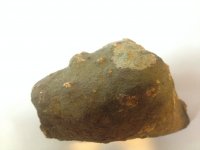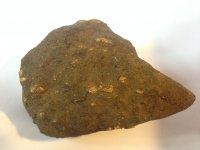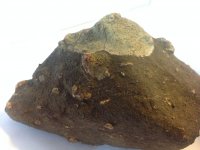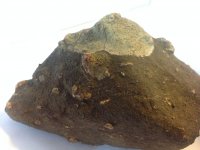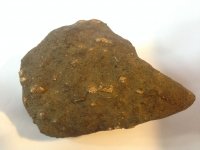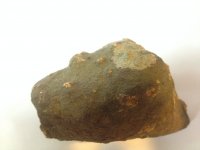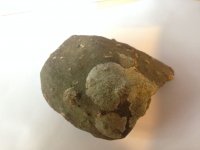Larrysands
Newbie
- Aug 18, 2019
- 2
- 1
- Primary Interest:
- All Treasure Hunting
Images: https://imgur.com/a/sKxzuhK
Basic tests so far/ observations
Small black crystals are seen on the surface of the stone
Is partly magnetic. Holds a magnet to the surface.
Scraped the white/pinkish crystals to get a powder, and used vinegar to test for calcium. Tested side by side with seashell. My rock does not contain calcium carbonate/ limestone.
Sample weighs exactly 20 oz displaces 210ml of water.
Question:
Small black crystals are seen on the surface of the stone
I don't think this could be a meteorite, because of the large crystals on the surface of the stone.
Am i correct in my reasoning?
Basic tests so far/ observations
Small black crystals are seen on the surface of the stone
Is partly magnetic. Holds a magnet to the surface.
Scraped the white/pinkish crystals to get a powder, and used vinegar to test for calcium. Tested side by side with seashell. My rock does not contain calcium carbonate/ limestone.
Sample weighs exactly 20 oz displaces 210ml of water.
Question:
Small black crystals are seen on the surface of the stone
I don't think this could be a meteorite, because of the large crystals on the surface of the stone.
Am i correct in my reasoning?


